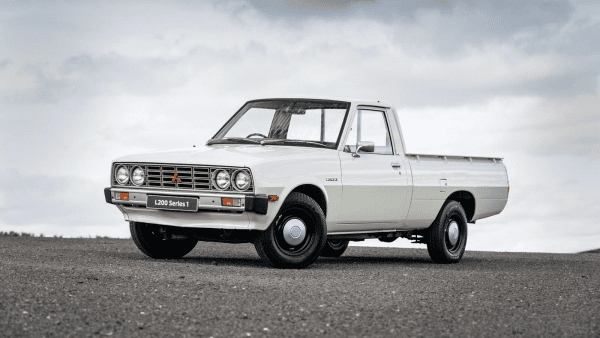Pick-up trucks of today are complex, large and almost pampering. In some ways, this is a good thing. The Ranger and current Triton, for instance, have active safety features that can prevent the worst from happening. But at dsf.my, we appreciate the simplicity and purposeful designs of old. Which is why this ancestor of the Triton is what we’re exploring today.

In many markets, the Triton is known as the ‘L200’. Honestly, the name changes from market to market and from generation to generation, so we’ll just call this the Series 1 L200.

The Series 1 L200 was a 1-tion pickup that came about in 1978. It started life as a simple, rear-wheel drive utility vehicle with clean looks. The design was simple with its notable features being the 2-door cab, a ‘front spoiler’, a long sedan-like nose, and twin round headlamp design.

When it was first offered in Japan, the L200 came with a 4G32 engine displacing 1.6-litres and outputting 92PS. The powertrain line was later split between another 1.6-litre engine (the G32B) which had rear-wheel drive and 86PS and a 2-litre Sirius G63B engine with 110PS. This 2-litre came with 4WD.

When the company began to export the L200, the 2-litre petrol engine was tuned down to 93hp and a larger 2.6-litre engine with 105hp was added, as well as a 67PS 2.3-litre diesel engine.

Mechanical features include:
- Recirculating ball steering
- front disc brakes
- rear-wheel drive (standard)
- Four-wheel drive (after 1981) With 2WD High, 4WD High, and 4WD Low
- torsion bar suspension in the front
- leaf springs with bias-mounted shock absorbers in the rear
- Chain-driven transfer case